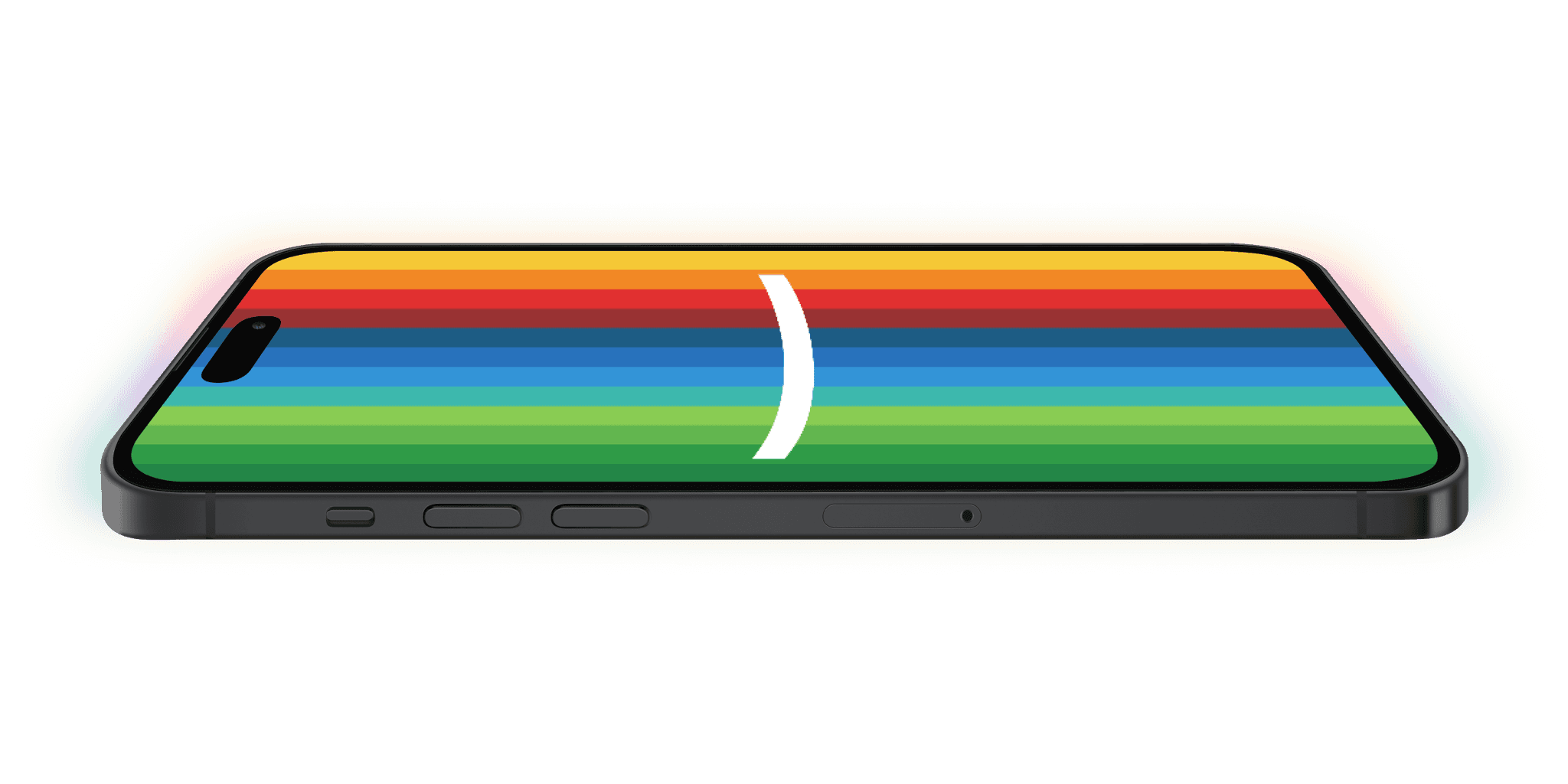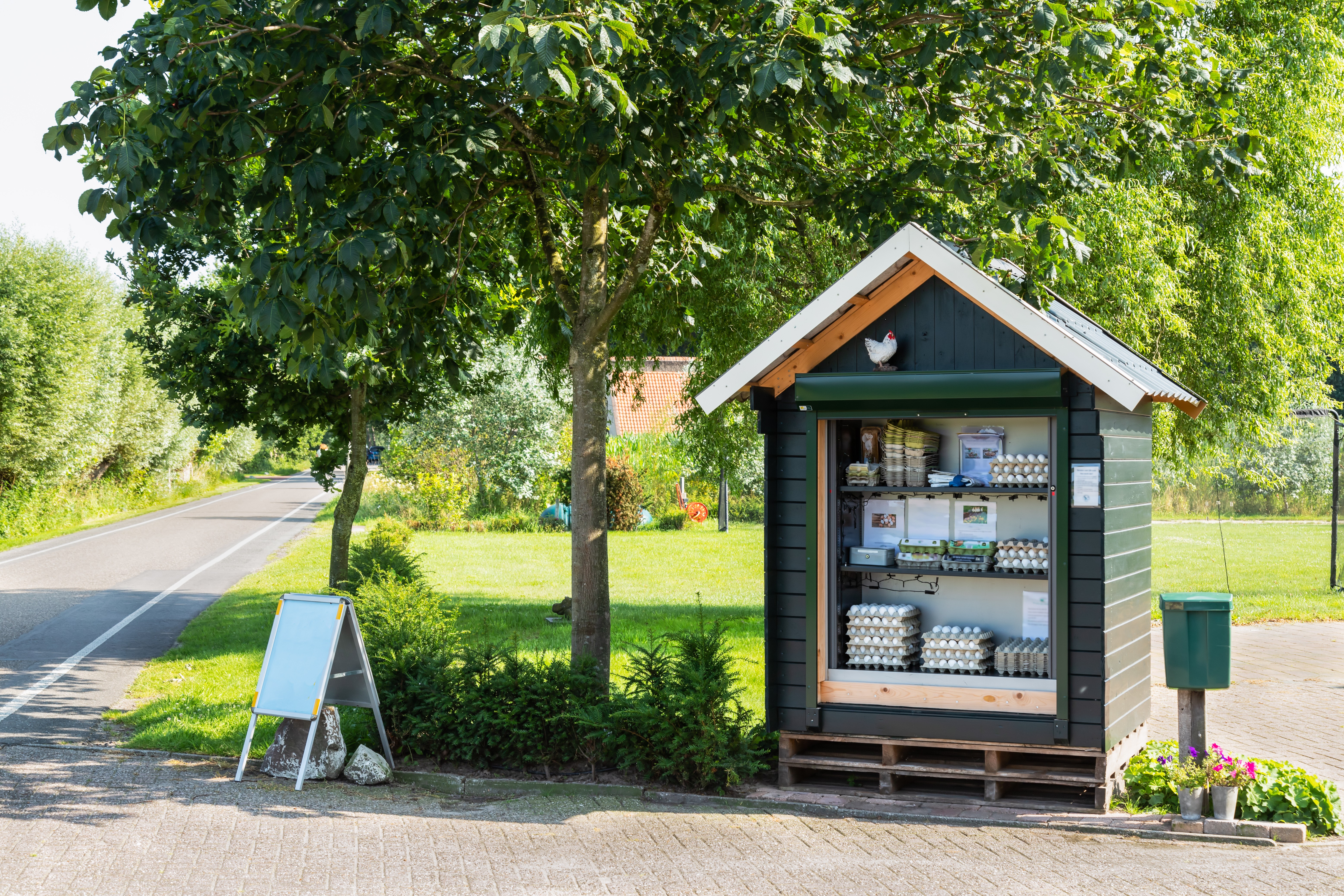As a parent or guardian, you want to prepare your child for financial independence. But where do you start? How do you make managing money exciting instead of overwhelming? The key is showing them how setting aside money for future goals—whether a new toy, a trip, or something even bigger—can be both fun and rewarding.
With the right approach, financial lessons can feel like a game rather than a chore.
Explaining the Basics
Saving simply means putting money aside instead of spending it all at once. It’s a way to plan for bigger and better things later on.
A simple way to explain this to kids:
"Imagine you want a new bicycle. If you spend all your pocket money on toys and candy, you won’t have enough left. But if you set aside a little each week, you’ll reach your goal much faster."
Why Learning to Save is Important
It’s easy for kids to focus on spending, but building good financial habits early on comes with real benefits:
Reaching a goal: Whether it’s a toy, a gadget, or a fun experience, planning ahead makes it possible.
A sense of achievement: Watching money grow over time builds confidence.
Earning extra money: A high-interest account helps increase what they set aside.
Developing responsibility: Understanding how to manage money now makes handling finances easier as they grow up.
Key Money Concepts for Kids
Breaking financial topics into simple, relatable lessons can make them easier to understand:
Interest rates: Extra money added by the bank when you keep funds in an account.
Example: If you save €10 and the bank gives you €1 extra, that’s interest.
Payout period: How often banks apply interest. Some, like bunq, do this weekly.
Smart spending: It’s okay to spend money, but keeping some aside for bigger goals is a smart habit.
Setting goals: Whether saving up for their first Credit Card, a new gadget, or a special outing, having a target makes it easier to stay motivated.
How to Make Saving Fun for Kids
Good money habits stick when they’re enjoyable. Here are a few creative ways to make planning and budgeting exciting:
The jar method: Use three jars (three Bank Accounts!): one for future purchases, one for everyday spending, and one for giving back.
Savings challenges: Start small, like setting aside €1 a week, then gradually increase the amount.
Tracking progress: Visual aids like drawings, stickers, or an app can make financial goals more tangible.
Matching contributions: Parents can match what their child puts away as an extra incentive.
Child-friendly banking: Opening a Child Account helps kids see their money grow and understand how banks work.
How bunq Makes It Easy
bunq helps kids and parents manage money in a way that’s simple, rewarding, and interactive.
Child Accounts: A secure and easy way for kids to track their funds and build financial confidence.
AutoSave: Rounds up everyday purchases and automatically puts the difference toward future goals.
High Interest Rates: Earn up to 2.67% interest weekly, so money grows faster.
By introducing smart money habits early, kids learn to balance spending and planning for the future. Open a Child Account today and help them take their first step toward financial independence.














